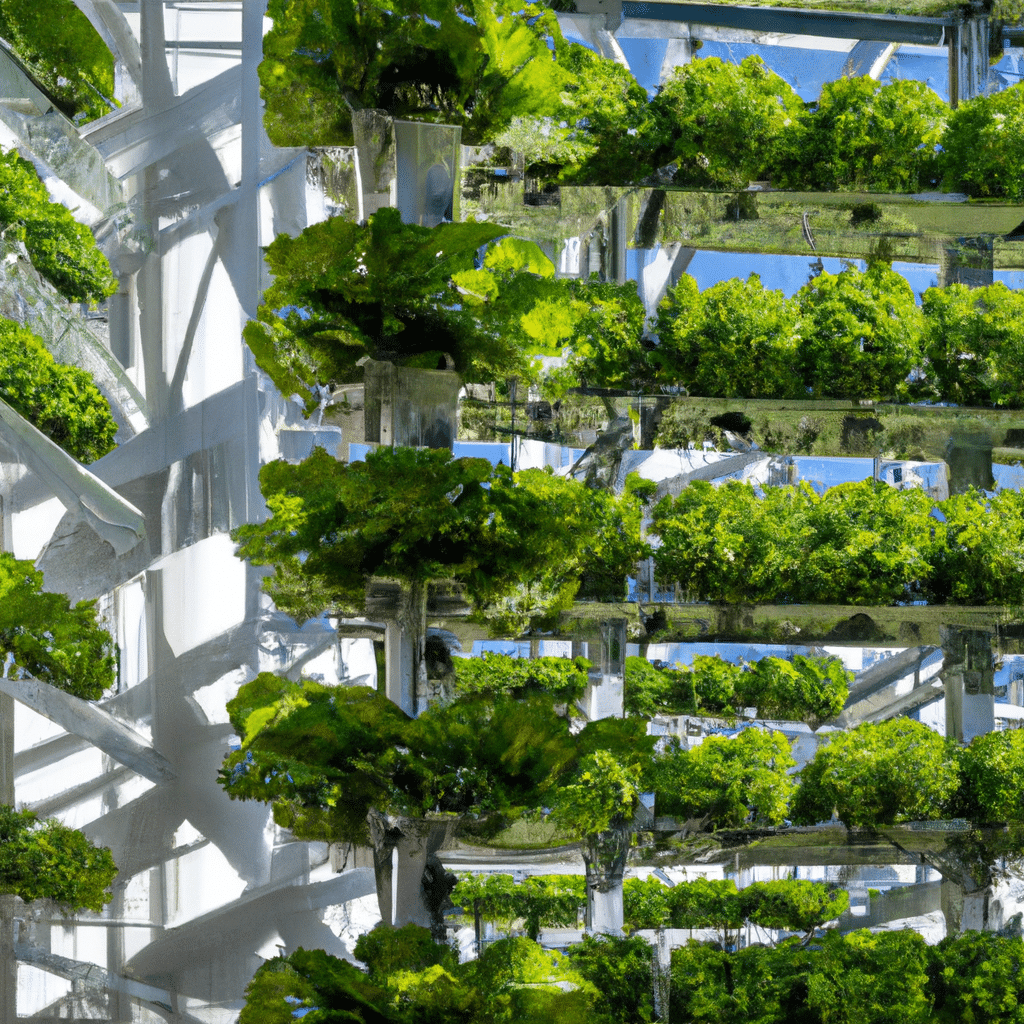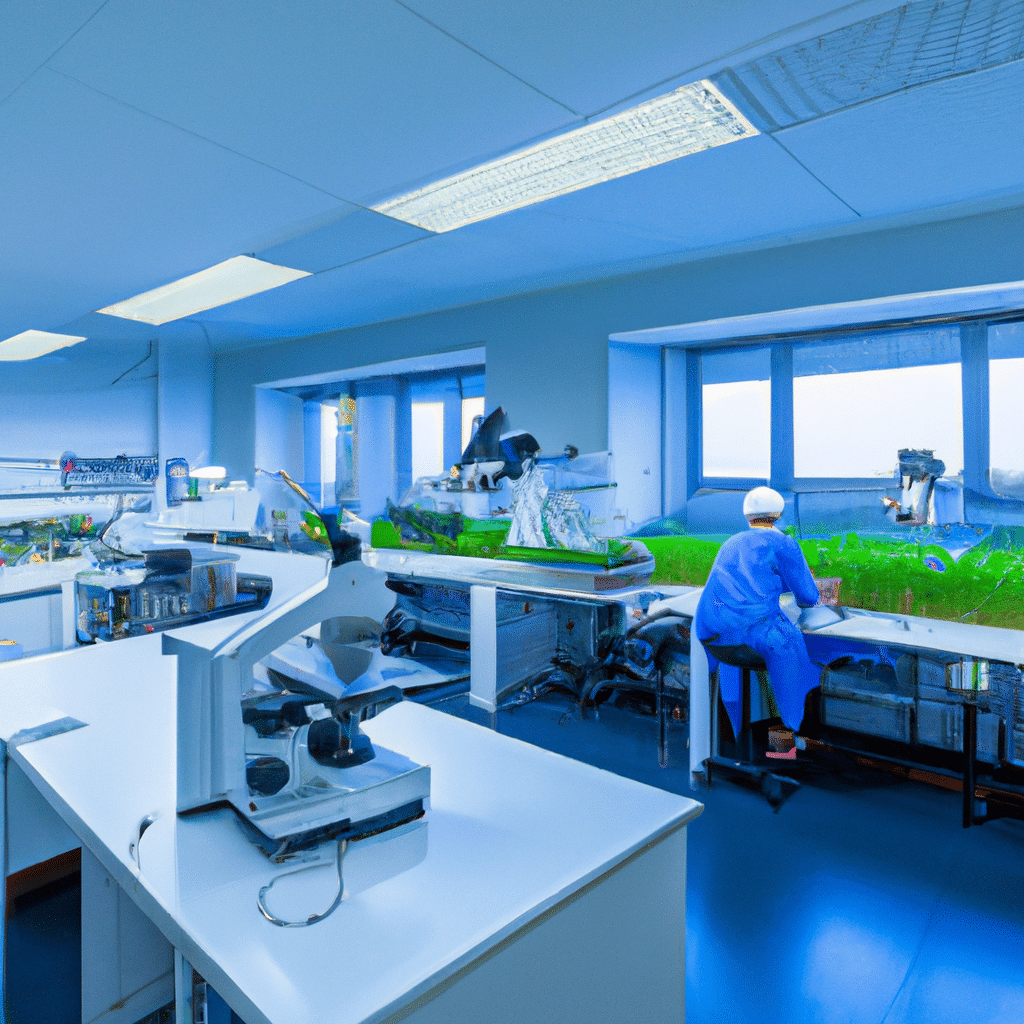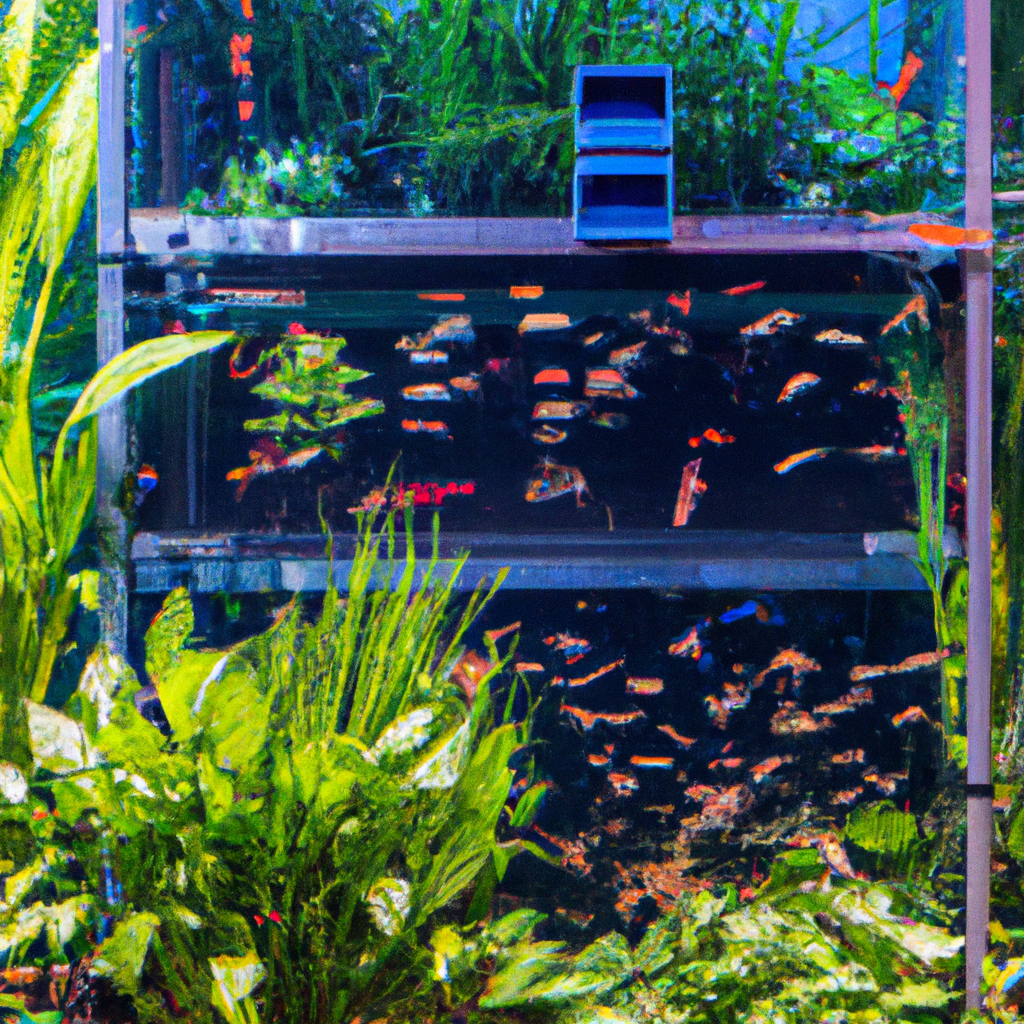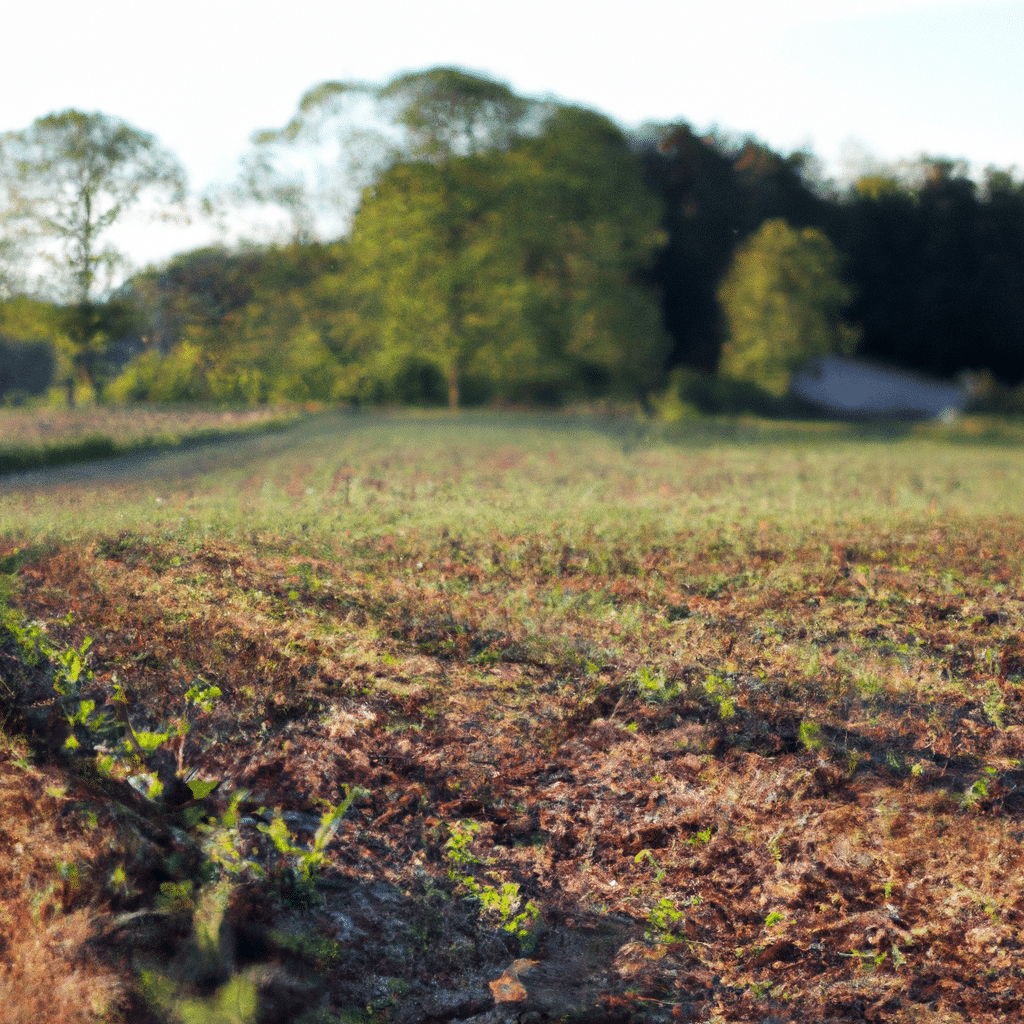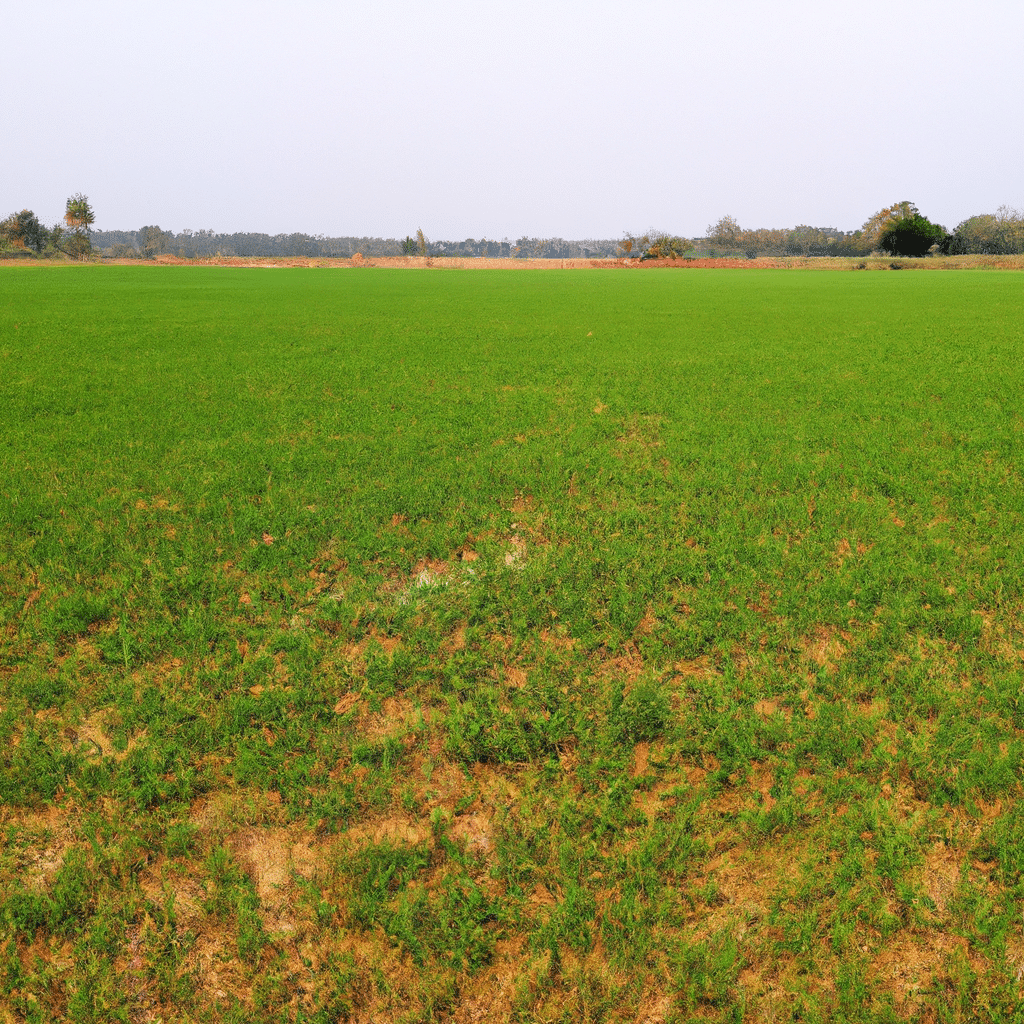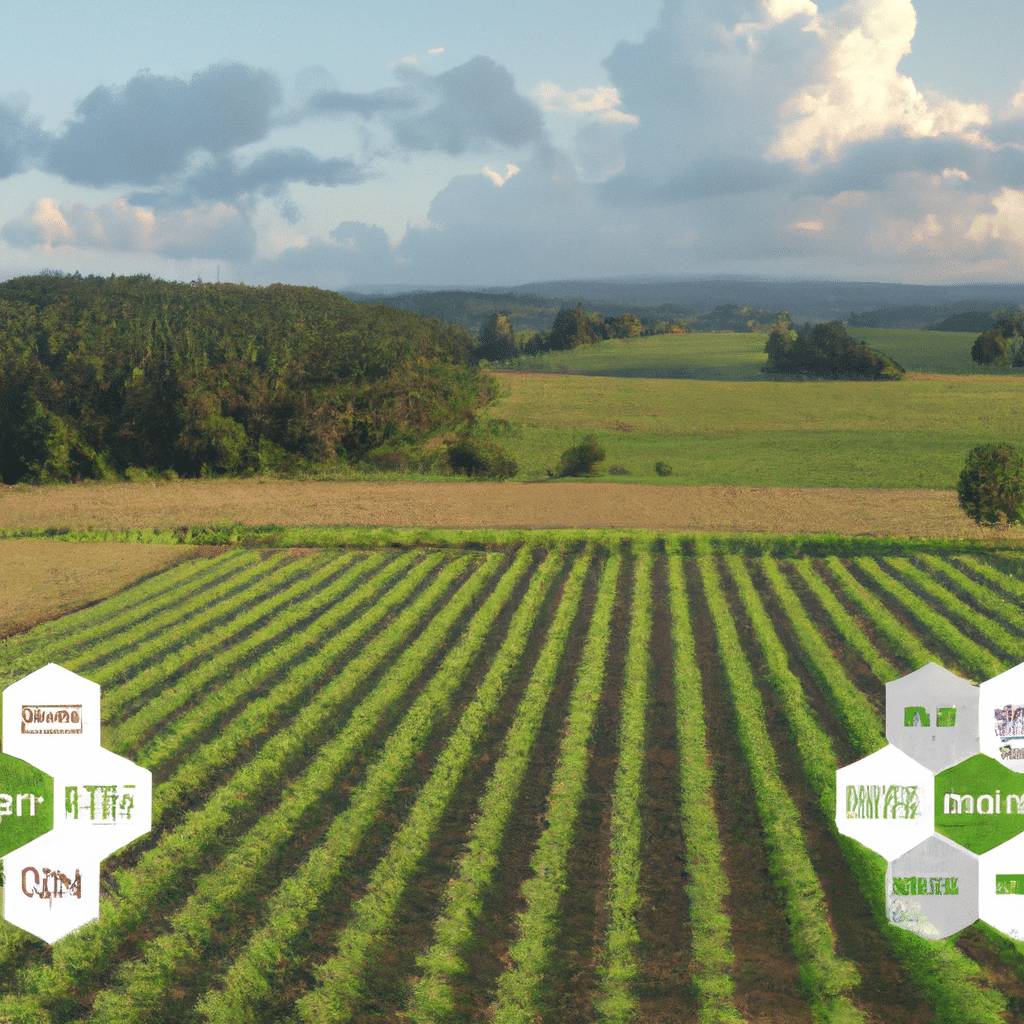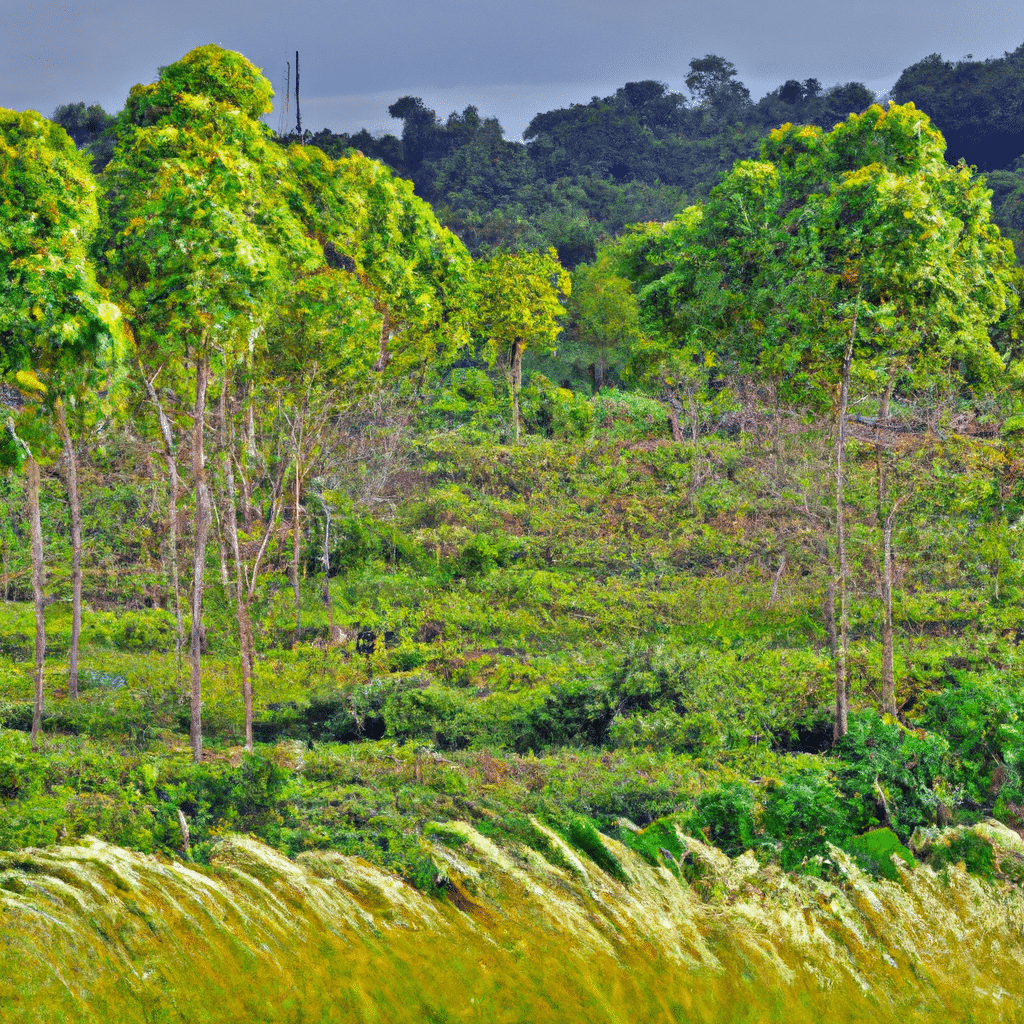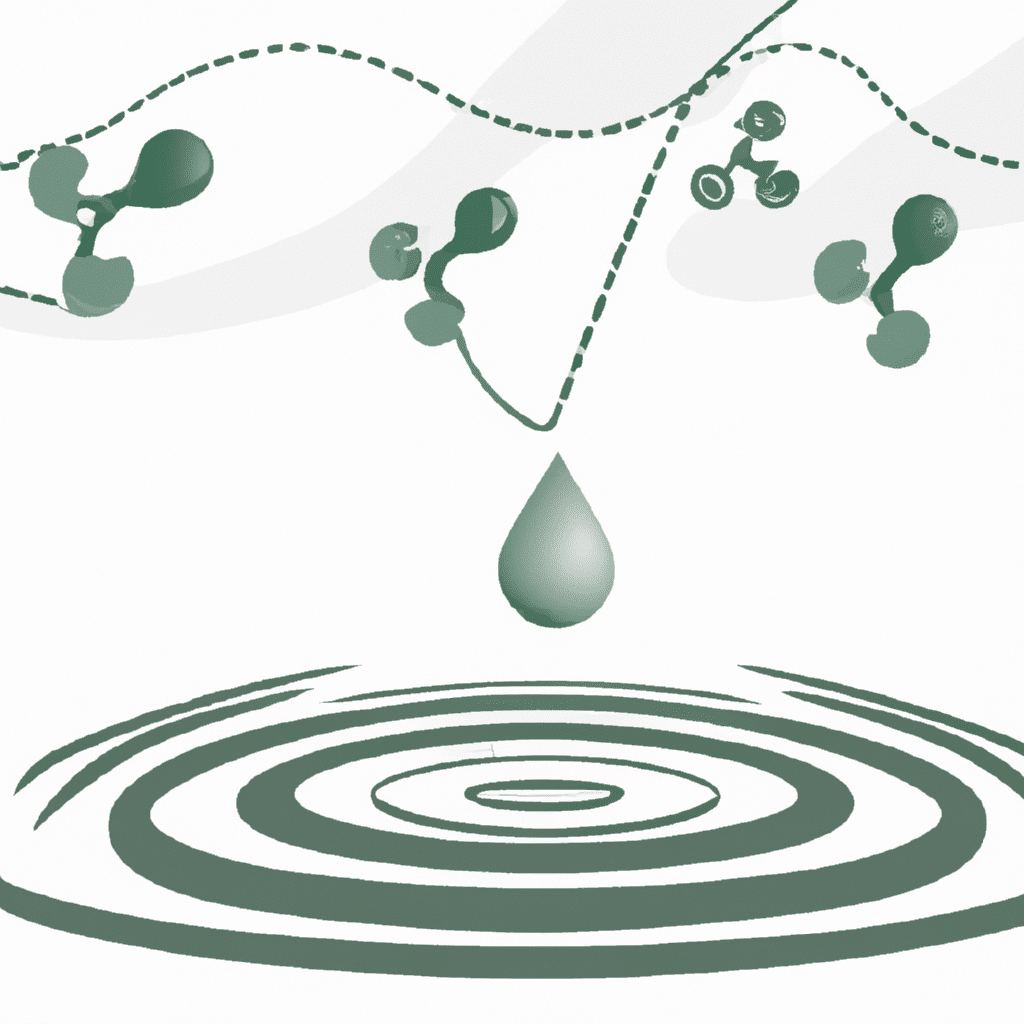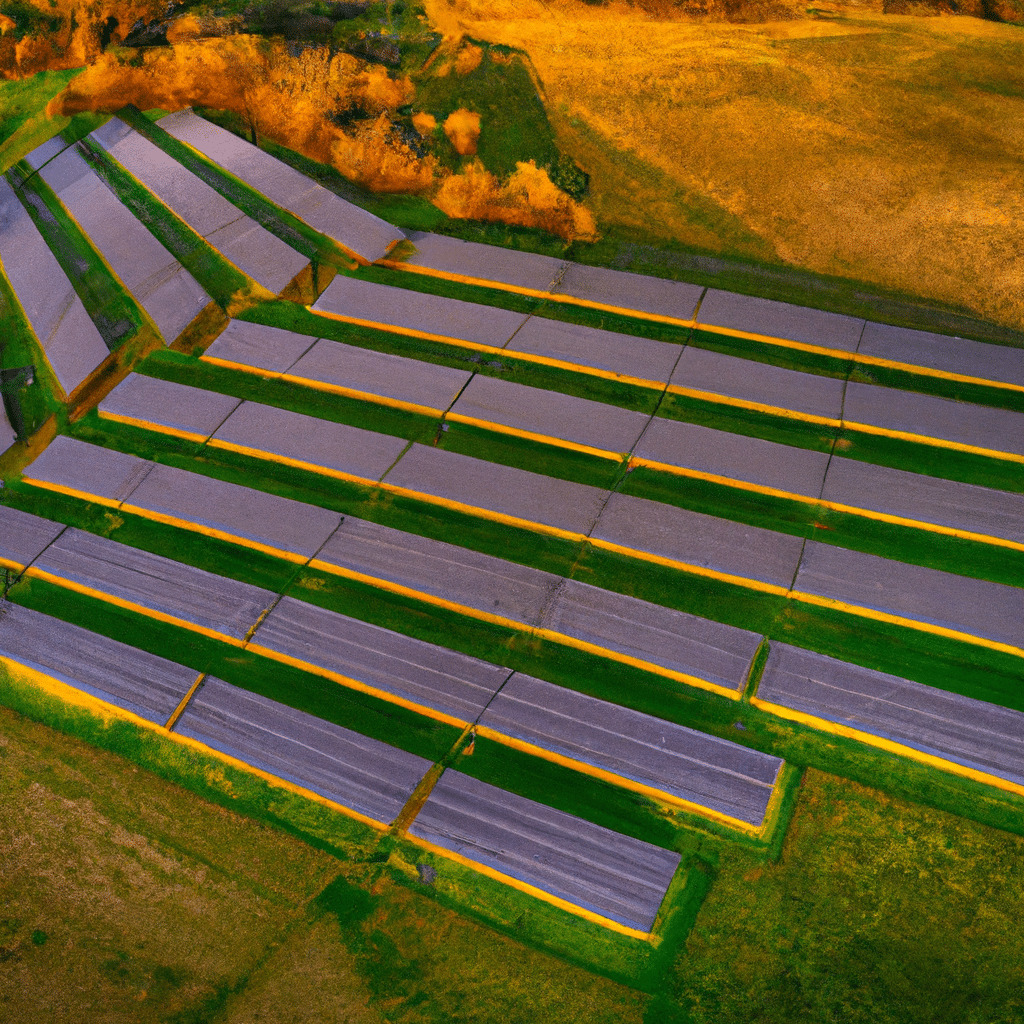Welcome to our comprehensive guide on vertical farming and its environmental impact. In recent years, the concept of vertical farming has gained significant attention as a sustainable solution to the challenges faced by traditional agriculture. By utilizing vertical space and innovative technologies, vertical farming holds the potential to revolutionize the way we grow and consume food. In this article, we will delve into the intricacies of vertical farming, explore its environmental benefits, and discuss its potential to transform the future of agriculture.
Understanding Vertical Farming
Vertical farming involves growing crops in vertically stacked layers, often in a controlled indoor environment. This innovative farming technique maximizes the use of limited space by utilizing vertical structures such as high-rise buildings, shipping containers, or greenhouses. By incorporating advanced technologies like hydroponics, aeroponics, and artificial lighting, vertical farms can create optimal growing conditions for various crops throughout the year.
Environmental Benefits of Vertical Farming
1. Water Conservation
One of the most significant advantages of vertical farming is its ability to conserve water. Traditional agriculture relies heavily on extensive irrigation, which often leads to water scarcity and pollution. In contrast, vertical farming employs efficient irrigation systems such as drip irrigation and recirculating hydroponics. These methods significantly reduce water usage by delivering precise amounts of water directly to the plants’ roots, minimizing wastage and evaporation.
2. Land Preservation
Vertical farming offers a promising solution to the escalating issue of land scarcity. As urbanization continues to encroach upon valuable agricultural land, vertical farms can utilize underutilized urban spaces to produce large quantities of food. By utilizing vertical space, vertical farms can potentially reduce the need for sprawling farmland, thus preserving natural habitats and biodiversity.
3. Reduced Chemical Usage
Conventional farming often relies heavily on chemical pesticides and fertilizers to protect crops from pests and enhance their growth. However, these chemicals can have detrimental effects on the environment, polluting soil, water sources, and impacting wildlife. In contrast, vertical farming provides a controlled environment that minimizes the risk of pests and diseases, reducing the need for chemical interventions. Integrated pest management techniques and organic fertilizers can be employed, promoting sustainable and eco-friendly practices.
4. Energy Efficiency
Vertical farms utilize advanced technologies such as LED lighting and climate control systems to optimize plant growth. These technologies consume less energy compared to traditional farming methods, which rely heavily on natural sunlight and seasonal weather conditions. By using energy-efficient lighting and carefully regulating temperature, humidity, and CO2 levels, vertical farms can minimize energy consumption and reduce carbon emissions.
5. Year-Round Crop Production
Vertical farming enables year-round crop production, unaffected by seasonal limitations. By controlling all environmental factors, including light, temperature, and humidity, vertical farms can create optimal conditions for crop growth. This means that regardless of the external climate, crops can be cultivated consistently, providing a stable and reliable food supply throughout the year.
6. Decreased Food Waste
With traditional agriculture, long transportation distances and extended storage times often result in significant food waste. In vertical farming, produce can be grown closer to the point of consumption, reducing the need for long-distance transportation and minimizing the risk of spoilage. By providing locally grown and fresh produce, vertical farming can help combat food waste and ensure a more sustainable food system.
Conclusion
Vertical farming represents a remarkable innovation in sustainable agriculture. Its numerous environmental benefits, including water conservation, land preservation, reduced chemical usage, energy efficiency, year-round crop production, and decreased food waste, position it as a viable solution for the future of food production. As we continue to face the challenges of population growth, climate change, and urbanization, vertical farming offers a promising way forward. By embracing this technology and supporting its development, we can revolutionize agriculture and create a more sustainable and resilient food system for generations to come.



